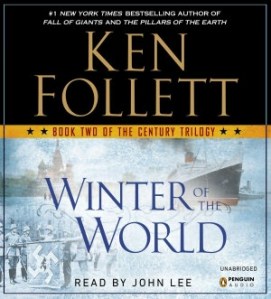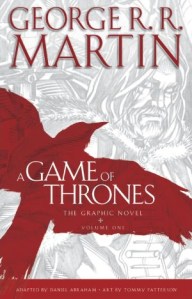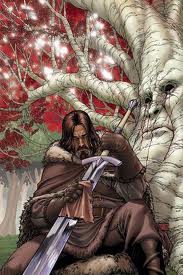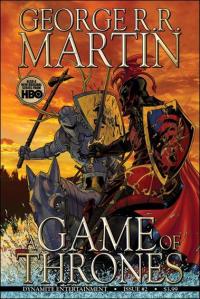Green, John, narrated by Kate Rudd. The Fault in Our Stars. Grand Haven: Brilliance Audio, 2006. Audio.
Borrowed from the Cedar Falls Public Library.
Listened to between February 13 and February 20, 2013.
3.75 out of five stars.
I find it pleasantly ironic that Jodi Picoult’s blurb is featured on the front cover of “A Fault in Our Stars”. After finishing this book I found myself comparing her and John Green, in particular how each author seems to follow distinct (albeit different) writing formulas in terms of character types and plot progressions. In other words, if you’ve read one Picoult or Green, you’ve read them all. Now, before all the Nerdfighters rush in to throw rocks at me, that’s not to say I didn’t enjoy “The Fault in Our Stars”. However, having just finished “An Abundance of Katherines” I’m a bit John Green-ed out at the moment. I tend to be a rut reader, and after reading “AAoK” I thought, “Well that was fun and refreshing, let’s try another one of Green’s novels” (“AAoK” being my first). I should have paid more attention to the novel’s synopsis, because fun and refreshing “A Fault in Our Stars” is most decidedly not. I don’t tend to cry often, but I did tear up on more than one occasion during my listening of this book (which is not the safest thing to do whilst driving…). As novels about terminally ill teens are inclined to be, “The Fault in Our Stars” is melancholy and raw, more bittersweet than sad.
I won’t go into any plot details, because there are other reviews that explain this novel far more eloquently than I can. In terms of writing style there were a few notable elements:
1) Green deviated from his usual teenaged male narrator in favor of a female one, a decision he explains in the Q & A session (from NPR or PBS, I believe) at the end of the audiobook presentation. Fans of Green’s other works will see Colin/Miles/Quentin reflected in Hazel (either to their enjoyment or chagrin).
2) There will be readers who criticize the dialogue, claiming “normal teenagers” would never be as sarcastic/ironic/witty/clever/insightful/whatever as Hazel and Augustus*. It was for this reason I didn’t give the book a higher rating. There were several times I rolled my eyes at Hazel and Augustus’s banter. I feel fairly confident that Hazel would have owned a highlighted and well loved copy of “Infinite Jest” and would have spent her free time perusing a thesaurus. I don’t mean to sound harsh, because overall I did enjoy this book, and of course Hazel and Augustus weren’t “normal teenagers”, but they just didn’t sound authentic enough for me.
Overall, I did enjoy this book (as much as one can truly enjoy a book about kids with cancer). It was at times overly melodramatic and metaphorical, even borderline pretentious, but the story was engaging and for the most part well told. The narrator of the audiobook, Kate Rudd, was excellent, and the Q & A session at the end of the performance was enlightening. I would definitely recommend this book to readers.
*Seriously, “Augustus”? Even his name calls forth notions of a self-aggrandizing** egomaniac. Apologies to all Augustuses out there.
**”Self-aggrandizing” is one such pompous term used by multiple teenaged characters in “The Fault in Our Stars”.






 Martin, George R R, adapted by Daniel Abraham, illustrated by Tommy Patterson. A Game of Thrones: The Graphic Novel, Volume One. New York: Random House, 2012. Print.
Martin, George R R, adapted by Daniel Abraham, illustrated by Tommy Patterson. A Game of Thrones: The Graphic Novel, Volume One. New York: Random House, 2012. Print.




